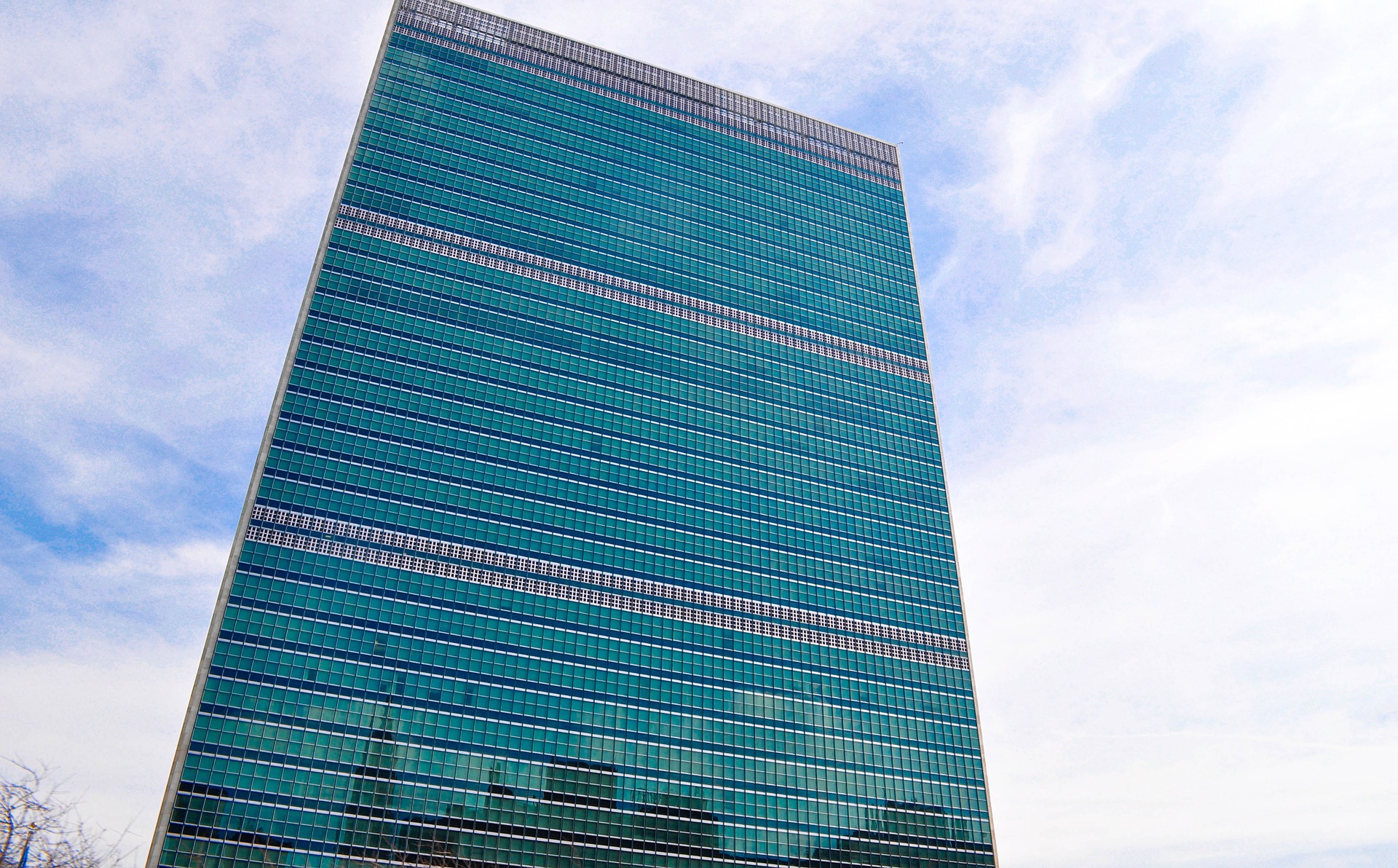According to the European Forest Fire Information System (EFFIS), Italy witnessed the burning of over 71,000 hectares of land this summer. Although the official statistics for 2023 have not been released yet, this year has seen a significant number of devastating wildfires on a global scale, spanning from Algeria and Greece to Sicily and Canada.
In this interview, Valentina Bacciu, a researcher at CMCC and CNR’s Institute of Bio-Economy, delves into the intricate study and monitoring of wildfires, highlighting their multifaceted nature, which encompasses aspects of biology, climatology, and socioeconomic factors.
What insights can we gather from the 2023 fire season which is just coming to a close?
EFFIS reported a total of 344 fires with an extension exceeding 30 hectares during the summer season in Italy. However, it’s worth noting that the official data for this year is still pending finalization and is scheduled for publication next year. Nonetheless, our observations for this year reveal a rather intriguing trend.
At the beginning of July, the situation was below the 2006-2022 average. Then, a significant turning point occurred during the third week of July when we witnessed a remarkable surge in wildfire events, characterized by an almost vertical spike. This escalation catapulted us from a mere 1,900 hectares of affected land on July 15th to a staggering 53,300 hectares by July 29th.
Interestingly, the increase in the number of fires was not as pronounced as the increase in their size. This pattern suggests that there were fewer events, but those that did occur were substantially larger.
Another interesting aspect is the correlation with thermal anomalies observed by MODIS during the summer. These anomalies remained more or less average, even a little below average, until around July 20th. Then, from the second half of July they surged to higher levels, nearly approaching historical record peaks. This presents a compelling indicator of the climate’s influence on wildfire patterns.
What conditions and variables increase the potential for wildfires?
The spring rains we had this year are likely to have postponed the fire season slightly in southern Italy, but then weeks of heavy heatwaves during the summer completely dehydrated the vegetation, creating the predisposing conditions for intense fires in that region. There were also days of strong winds during that period, which further aggravated the spread of fires. This clearly shows that wildfires are influenced by many variables.
Wildfires will happen. It is important to say that the risk will never be zero. We can certainly say that the Mediterranean climate creates the perfect conditions for wildfires. The areas in the Mediterranean basin are characterized by hot summers, with little to no precipitation, and by vegetation that has adapted to these conditions, so it is often vegetation made up of fire-prone shrubs and trees. I would say that it’s really a combination of vegetation and climate: these two elements join to make the area predisposed to fire.
These same conditions are also found elsewhere in the world, such as in California, or in central Chile, in south-west South Africa and Australia, which are all areas that are usually largely affected by fires. In boreal areas, on the other hand, the triggering causes are a bit different because here we see the occurrence of natural fires that find ample space in which to propagate.
How does climate change affect wildfires?
Climate change, with persistent drought and extreme temperatures throughout the summer months, clearly amplifies and exacerbates the risk of wildfires. These situations lead to extreme fire danger conditions which facilitate the ignition and spread of large fires.
We also have a territory where, from the 1950s onwards, the forested area has almost tripled, because of the abandonment of rural areas, the expansion of Mediterranean scrub into marginal areas, and an increase in the so-called wildland-urban interface areas, i.e., those areas where there is this intermix of houses and vegetation. This is a trend that is clearly visible throughout the Mediterranean area and one that is difficult to change, thus contributing to the risk of wildfires.
Therefore, in addition to meteorological and climate conditions, we also need to consider land use and land management: just as climate conditions have changed, land use has also changed dramatically. It is important to emphasize that climate change has a huge impact and exacerbates a situation that is already at high risk. Because of this mix of factors, extensive, highly virulent fires are occurring, with incredible intensity that overwhelms the system’s capacity for survival and regeneration.
How does the attribution of wildfires to climate change work?
Establishing a direct causal link between a single case and climate change is still difficult. As I said before, a number of factors can influence extreme wildfires, from local weather conditions to landscape and vegetation. Some events would still occur even without climate change. It is thus interesting to understand the changes in frequency and intensity with which these events occur.
Attribution studies exist, but the science that seeks to identify these links is still evolving and they are still few, at least in the case of Italy and the Mediterranean. In other parts of the world, such as Australia for example, researchers have been able to analyze big wildfire events and attribute them to climate change.
It is a rather complex study, but a very interesting one. There are different approaches, such as statistical or modeling ones, and we are planning to work on this issue in the coming years.
What tools can be used to enrich and advance knowledge on wildfires?
After some major events in Europe, such as the Portugal fire of Pedrógão Grande that caused 65 deaths in 2017, and the one in Greece in 2018 that led to more than 100 fatalities, the European Union issued very important calls to drive research to engage in understanding these major events, preventing and fighting extreme wildfires with the integration and demonstration of innovative means, and to develop integrated fire management approaches.
Five big projects received funding, specifically focussed on the study of forest fires, and mainly on their monitoring and the development of early warning systems or on innovative technologies and socio-ecological-economic solutions for fostering fire resilient territories.
The CMCC, for example, has been involved in the Silvanus and Firelogue projects. Within the project Ofidia, moreover, we also developed a platform, shared between Italy and Greece, to predict high-risk days through various meteorological, climatic and risk parameters. Then in the second Ofidia project, the platform was further integrated with ground-based data, satellite data, and drone data.
We focused on identifying the most critical meteorological scenarios, and simulated potential fire characteristics that could occur under those conditions. Therefore, the system, in addition to the daily danger forecast, could also identify which areas of a region might be the most vulnerable to fires. All this information was then provided, discussed, and delivered to the Civil Protection, to implement prevention, alert and response mechanisms.
Another interesting project that I think would be worth mentioning is The Hut, co-coordinated by the CMCC with the University of Salerno. It aims to identify best practices and innovations to help a given area reduce its vulnerability to extreme events, including wildfires, and build resilience. The goal is quite ambitious because it integrates traditional modeling tools with contributions from local stakeholders, in order to develop pathways that include the specific issues of a region, its socioeconomic characteristics, and the needs of its communities.
What are the most effective strategies for dealing with wildfires?
I feel that, while scientists all work in their own field of specialization, it is mandatory and urgent to rethink and reshape the current fire management approach, which is now almost totally based on emergency response. We need to focus more on prevention and resilience through planning and preparing ourselves and our territories to avoid or minimize risk, as well as fostering the capacity to adapt.
As proposed in a paper that we recently published, “we need to go beyond the short-term and sectoral governance toward a more sustainable long-term perspective, promoting a multifunctional, fire-resistant, and resilient mosaic landscape based on sustainable development processes and strengthening synergies and coherence among policy objectives and territorial governance.”
The crucial thing is to integrate all our scientific knowledge, our climate models, our datasets, in a local socioeconomic context, with its own peculiarities and needs. Showing the impacts of climate change, land use, and of possible solutions, will help create so-called fire-wise communities, that is, communities that are more alert and resilient.






